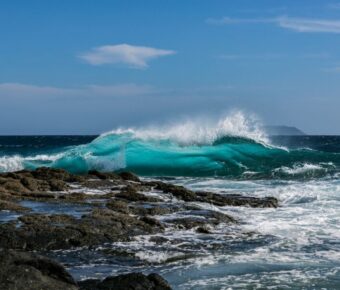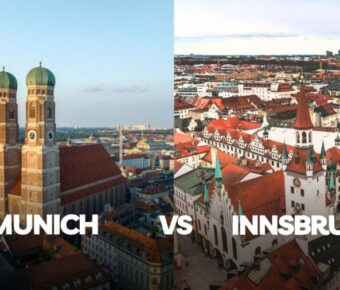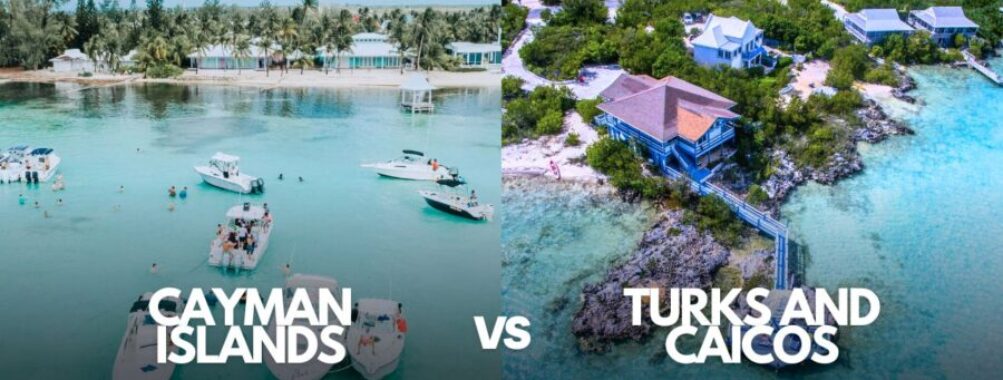
Cayman Islands vs Turks and Caicos: 7 Stunning Differences Every Caribbean Traveler Must Know in 2025
Planning a tropical escape? Two popular destinations often come up for comparison: the Cayman Islands and the Turks and Caicos. These Caribbean gems offer stunning beaches and crystal-clear waters, but have distinct personalities.
The Cayman Islands tend to be more developed and have a livelier atmosphere, while Turks and Caicos, with its world-famous Grace Bay Beach, offers a more serene, less crowded experience. This difference in pace helps travelers decide which matches their vacation style.
Both destinations boast exceptional snorkeling and diving opportunities thanks to vibrant coral reefs. The Caymanians are known to be friendly and welcoming, though both islands provide luxury amenities. Beach walkers might prefer Turks and Caicos for its uninterrupted stretches of sand, while those seeking more developed infrastructure and activities might lean toward the Caymans.
Table of Contents
- Geographical Overview
- Location and Landscape
- Climate and Weather Patterns
- Cultural Landscape
- History and Heritage
- Local Practices and Traditions
- Travel Essentials
- Visa Requirements and Entry
- Currency and Payment Options
- Accommodations and Lodging
- Resorts and Hotels
- Alternative Stay Options
- Attractions and Activities
- Natural Wonders
- Adventure and Sports
- Cultural Experiences
- Relaxation Spots
- Dining and Cuisine
- Gastronomic Highlights
- Local Delicacies and Dishes
- Fine Dining and Eateries
- Street Food and Casual Bites
- Transportation and Getting Around
- Public Transit Options
- Car Rentals and Taxis
- Island Hopping Methods
- Safety and Healthcare
- Local Laws and Regulations
- Emergency Services and Hospitals
- Economic Aspects
- Local Economy
- Investment and Business Opportunities
- Frequently Asked Questions
- What are the key differences in tourist attractions between the Cayman Islands and the Turks and Caicos?
- How does the cost of visiting the Cayman Islands compare to a Turks and Caicos vacation?
- What can travelers expect regarding accommodation options when choosing between Grand Cayman and Turks and Caicos?
- When comparing Grand Cayman to Turks and Caicos, can you discuss the diving and snorkeling experiences?
- What are the cultural and culinary experiences unique to the Cayman Islands versus those in Turks and Caicos?
- In terms of accessibility and travel conveniences, how do Grand Cayman and Turks and Caicos differ?
- Book Your Dream Experience
- More Travel Guides
Geographical Overview

The Cayman Islands and Turks and Caicos are beautiful Caribbean destinations with distinct geographical characteristics. Each offers unique landscapes, from pristine beaches to fascinating underwater terrain, while sharing similar tropical climates with some seasonal variations.
Location and Landscape
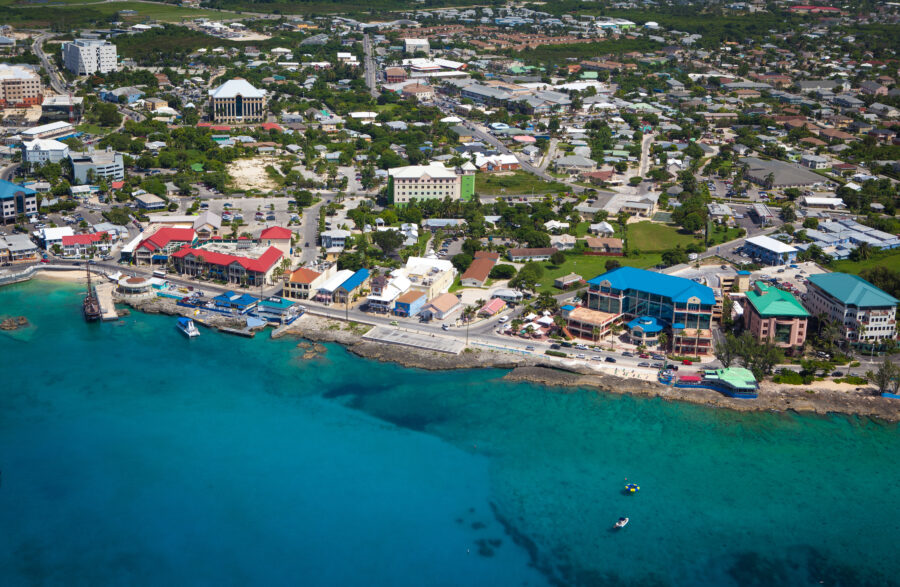
The Cayman Islands sit in the western Caribbean Sea, about 150 miles south of Cuba and 480 miles southwest of Miami. This British Overseas Territory consists of three main islands: Grand Cayman (the largest), Cayman Brac, and Little Cayman.
Grand Cayman features the famous Seven Mile Beach, though it’s closer to 5.5 miles long! The island is relatively flat, with its highest point only reaching about 60 feet above sea level.
The Turks and Caicos Islands are in the Atlantic Ocean, southeast of the Bahamas and north of Hispaniola. They comprise about 40 islands and cays, but only eight are inhabited. Providenciales (often called “Provo”) is the main tourist destination.
Turks and Caicos’ landscapes include stunning white-sand beaches, limestone cliffs, and shallow turquoise waters. Grace Bay Beach on Provo is frequently named one of the world’s best beaches.
Climate and Weather Patterns
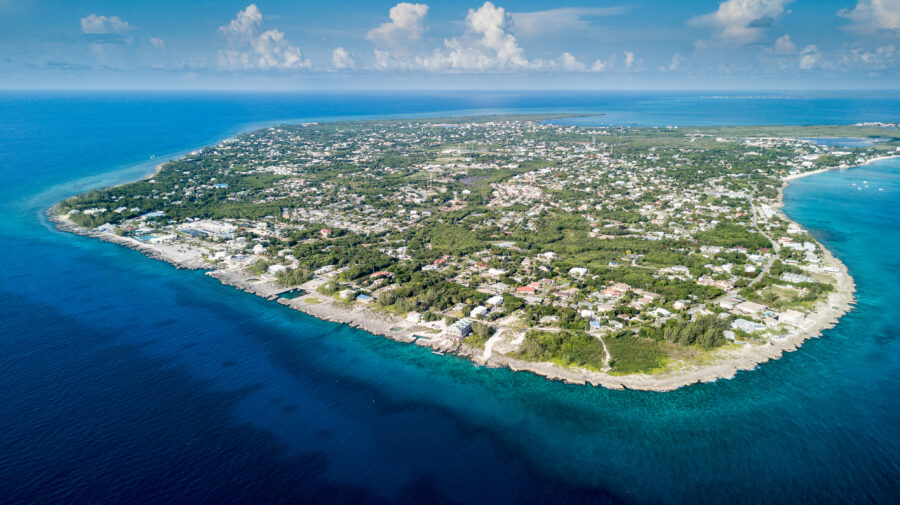
Both destinations enjoy warm, tropical climates year-round, making them popular vacation spots. The Cayman Islands typically experiences temperatures between 75-85°F (24-29°C) throughout the year, with slightly cooler periods from November to April.
The dry season in the Caymans runs from November to April, while May through October brings more humidity and occasional rain showers. Hurricane season spans June to November, with the highest risk from August through October.
Turks and Caicos enjoys slightly more sunshine, averaging 350 sunny days yearly! Temperatures typically range from 75-90°F (24-32°C) with pleasant trade winds that help moderate the heat.
The islands receive less rainfall than many Caribbean destinations, with an average of only 21 inches annually. Like the Caymans, Turks and Caicos also face hurricane risks during the late summer and early fall months.
Cultural Landscape
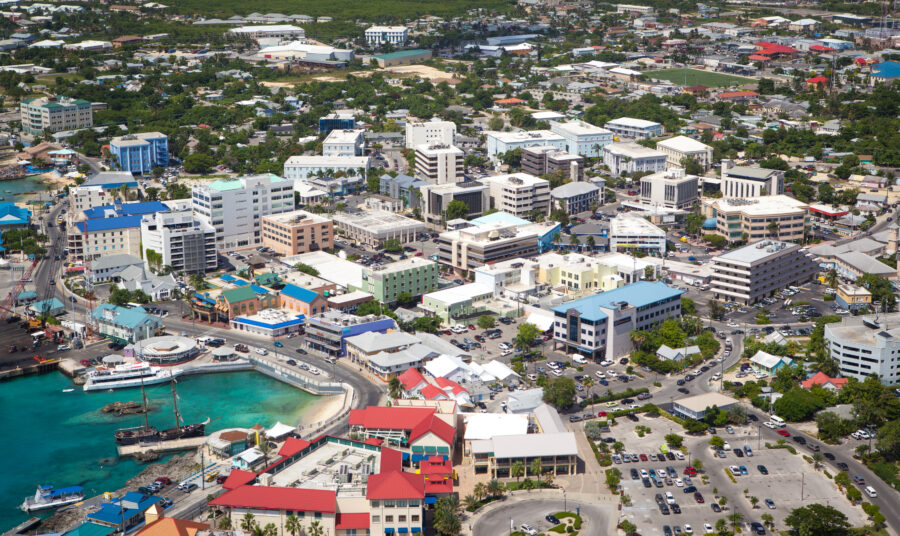
The Cayman Islands and Turks and Caicos each offer distinct cultural experiences shaped by their unique colonial histories and island traditions. Both destinations blend British influence with Caribbean flavor but express their heritage differently.
History and Heritage
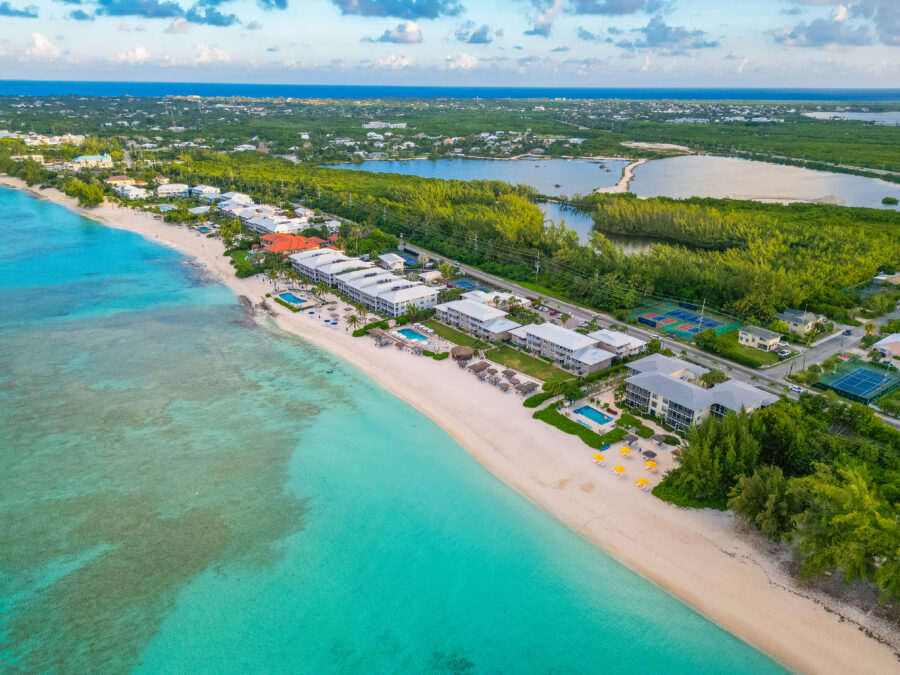
The Cayman Islands have a rich maritime history from the 17th century. Initially settled by British sailors, deserters, and shipwrecked crews, the Caymans developed strong seafaring traditions. The island’s National Museum in George Town showcases this nautical heritage through artifacts and stories about the “Southwell” wreck.
In contrast, Turks and Caicos have a history deeply influenced by salt production. The salt industry thrived from the 1700s to the early 1900s, and the Salt Raker’s Memorial in Grand Turk is a testament to this era.
You’ll also find the Turks and Caicos National Museum housed in Guinep House, a 200-year-old building that tells the story of the Molasses Reef Wreck. Both territories remained British Overseas Territories, but Cayman tends to emphasize its British connections more visibly in architecture and governance.
Local Practices and Traditions

Caymanian culture celebrates its seafaring roots through boat building and the national fish dish with “rundown” (a coconut milk stew). The islands host vibrant festivals like Cayman Carnival, Batabano, and Pirates Week, which draw visitors and locals alike.
Turks and Caicos embraces its African heritage more prominently through ripsaw music—a unique sound created with everyday tools like saws and washboards. The Thursday night Fish Fry at Bight Park in Providenciales offers a taste of local culture with food stalls, music, and dancing.
Food traditions differ too. While both celebrate seafood, Turks and Caicos is known for conch dishes prepared in various ways, from fritters to salads. Cayman leans toward turtle stew (now made with farmed turtle) and heavy cake for dessert.
Travel Essentials
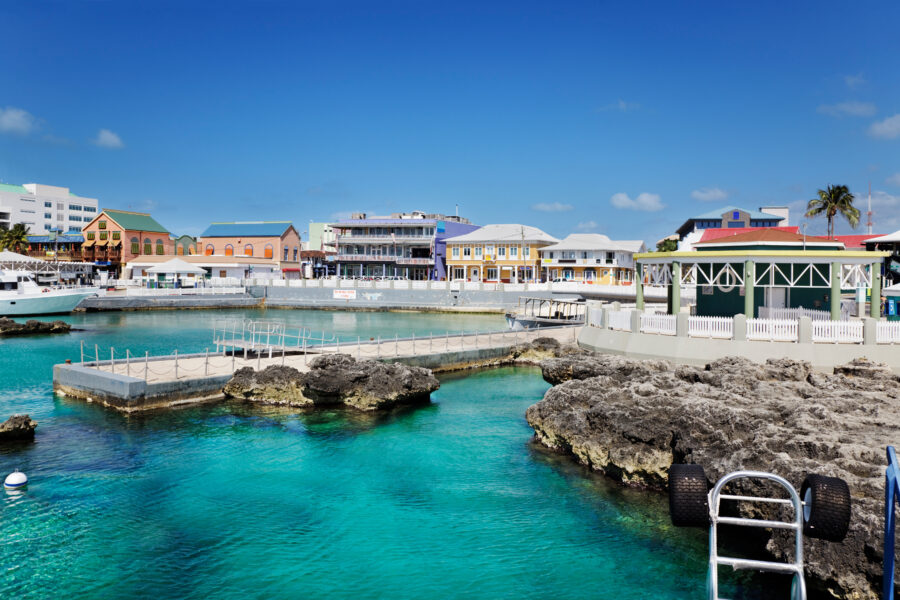
Planning a trip to the Cayman Islands or the Turks and Caicos requires some preparation. Before packing their bags, travelers should know both destinations’ specific entry requirements and monetary systems.
Visa Requirements and Entry
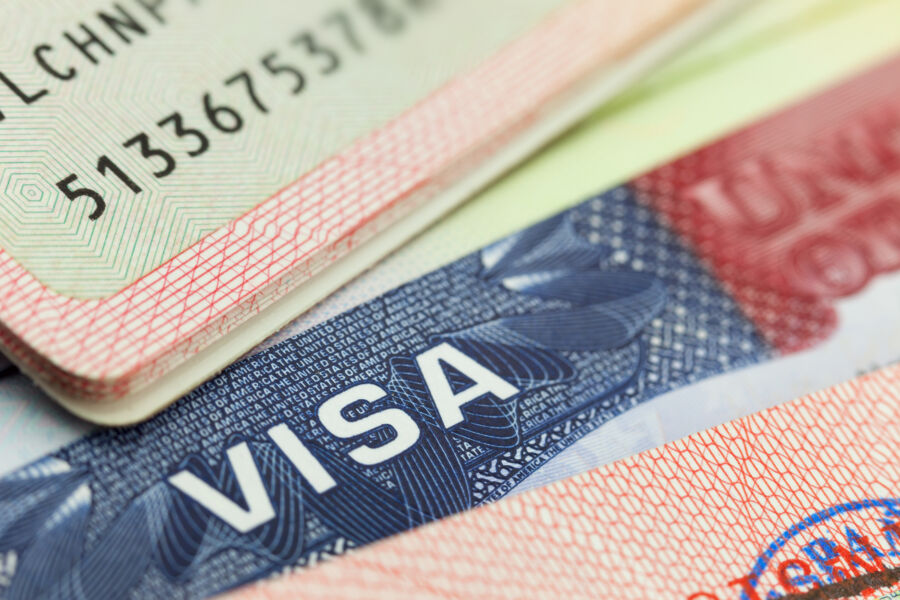
U.S. citizens traveling to the Cayman Islands and Turks and Caicos don’t need a visa for stays under 30 days. However, you must have a valid passport with a validity period of at least six months beyond your travel dates.
Visitors must complete an online travel declaration form before arrival in the Cayman Islands. The process is straightforward and can be done through their official immigration website.
Turks and Caicos require proof of a return ticket and sufficient funds for your stay. They’ve recently implemented an online pre-authorization system called TCI Assured, which all travelers must complete before boarding their flight.
Both destinations have departure taxes, which are usually included in your airfare. Always check the latest entry requirements before traveling, as policies can change.
Currency and Payment Options

The Cayman Islands uses the Cayman Islands Dollar (KYD), which is pegged to the U.S. dollar at a fixed rate of 1 KYD = 1.20 USD. U.S. dollars are widely accepted throughout the islands. Turks and Caicos officially uses the U.S. dollar as its currency, making it convenient for American travelers. Both destinations have many ATMs in tourist areas, but they might be scarce in remote locations. Major credit cards are widely accepted at hotels, restaurants, and shops.
Carrying some cash is advisable, especially when visiting smaller establishments or local markets. Some businesses may add a 3-5% surcharge for credit card payments.
Tipping is customary in both destinations. Most restaurants automatically add a 15-18% service charge, but additional tipping for exceptional service is appreciated.
Accommodations and Lodging
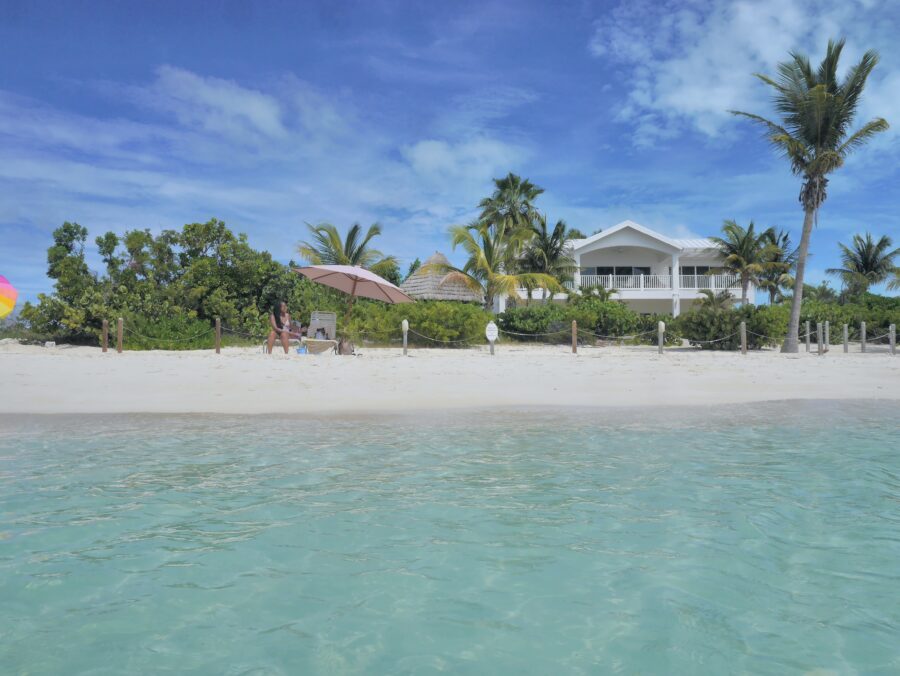
Where you stay can make or break your vacation experience when choosing between these Caribbean paradises. Both destinations offer distinct lodging options that cater to different travel styles and budgets.
Resorts and Hotels
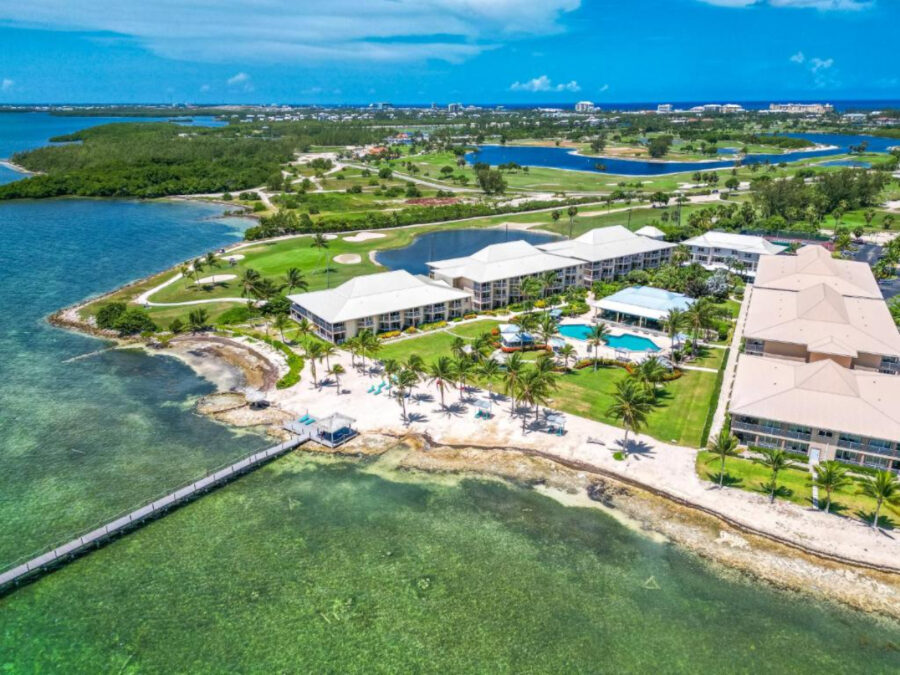
Grand Cayman boasts a higher concentration of all-inclusive resorts than Turks and Caicos, making it ideal for travelers who prefer to arrange everything themselves. The Seven Mile Beach area features luxury brands like the Ritz-Carlton and Westin alongside more budget-friendly options such as Holiday Inn Resort Grand Cayman.
Turks and Caicos, particularly Providenciales (often called Provo), is famous for its upscale boutique resorts and villa properties. Grace Bay Beach hosts most of the premium accommodations with breathtaking beachfront views.
The island tends to skew toward the luxury end of the spectrum, with fewer mid-range options than Grand Cayman. Both destinations offer excellent beachfront properties with stunning ocean views, though Turks and Caicos generally command higher prices during peak season.
Alternative Stay Options
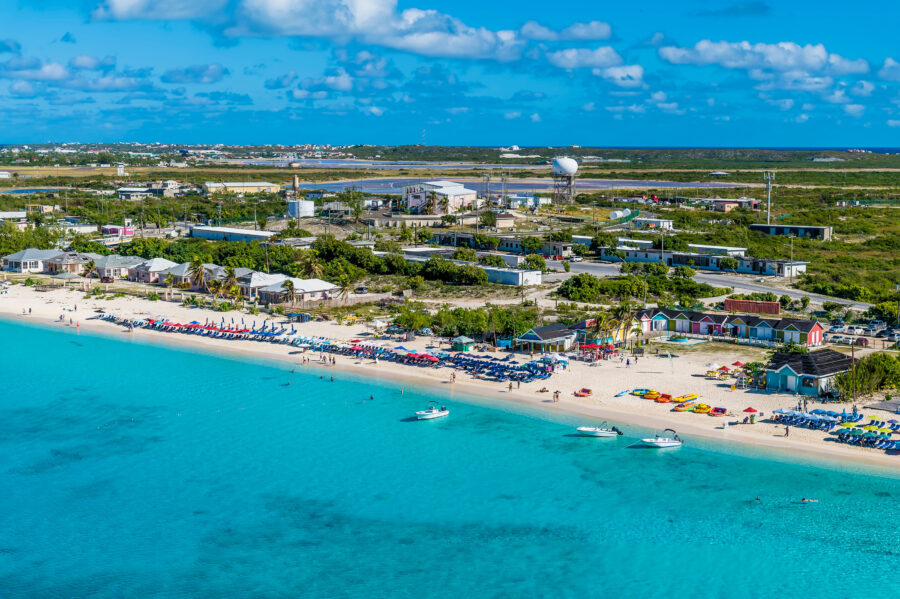
Beyond traditional hotels, both islands provide unique accommodation alternatives. Grand Cayman has a robust vacation rental market with condos and apartments throughout the island. These rentals often offer kitchen facilities and more space, perfect for families or longer stays.
Turks and Caicos excels in private villa rentals, especially for luxury travelers. These exclusive properties frequently have private pools, dedicated staff, and direct beach access. Many are situated in secluded areas for maximum privacy.
Airbnb and similar platforms have expanded options on both islands, creating more affordable possibilities for budget-conscious travelers. Staying outside the main tourist zones can save money while providing a more authentic local experience. Grand Cayman offers several boutique eco-lodges for eco-minded visitors on its less developed eastern side, while Turks and Caicos features some small sustainable resorts on its outer islands.
See Related: Irresistibly Useful Vacation Tips to Transform Your Next Trip
Attractions and Activities
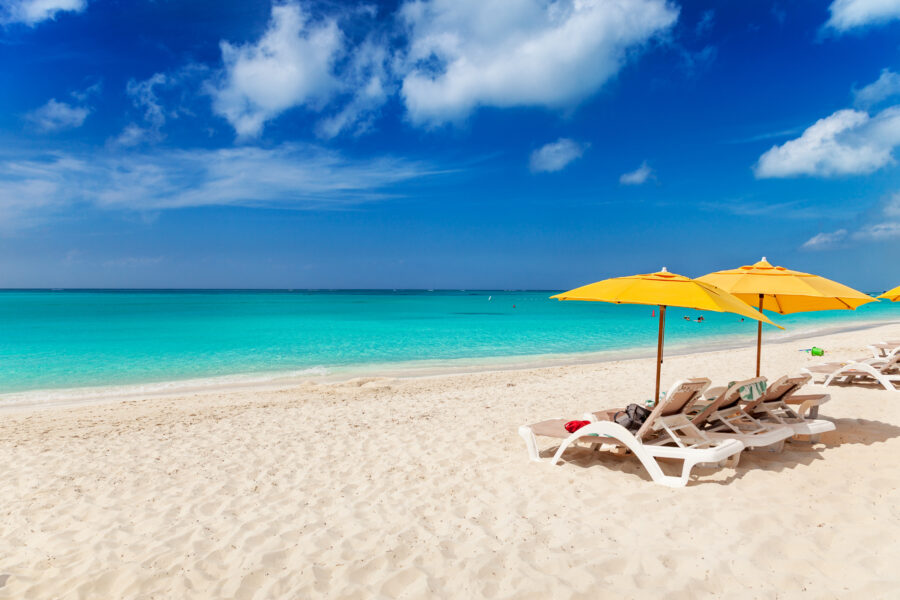
Both island destinations offer amazing experiences for vacationers seeking paradise. The Cayman Islands and Turks and Caicos each have their special attractions that make them worth visiting, from stunning underwater worlds to exciting adventures.
Natural Wonders
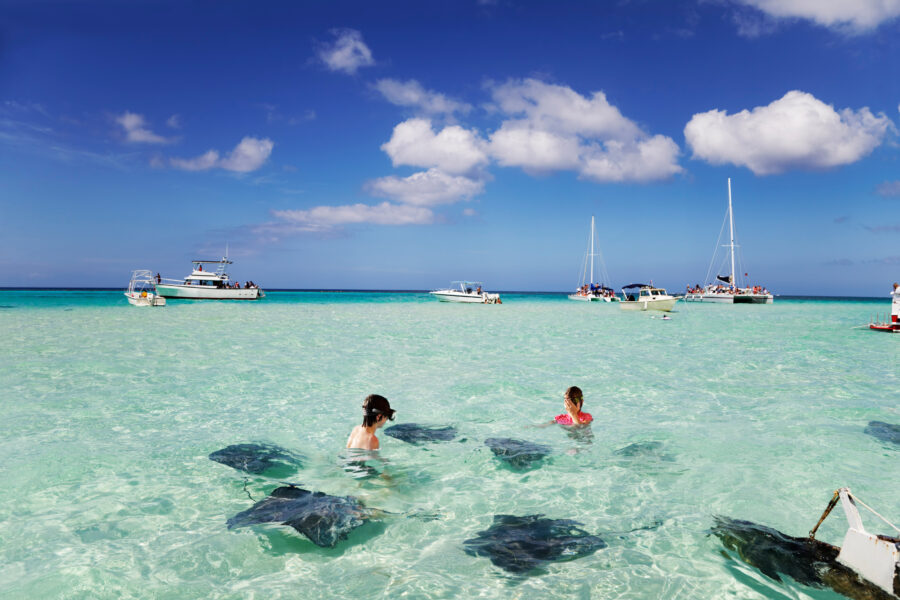
The Cayman Islands are home to the famous Seven Mile Beach, which consistently ranks among the world’s best beaches. The crystal-clear waters offer visibility up to 100 feet deep, perfect for spotting marine life.
Stingray City in Grand Cayman offers a truly unique experience. Visitors can book guided tours to interact with friendly stingrays in their natural habitat. The Cayman Crystal Caves showcase impressive underground formations.
Turks and Caicos boast Grace Bay Beach, often voted the world’s best beach due to its powdery white sand and stunning turquoise water. The world’s third-largest barrier reef system surrounds the islands, creating an incredible underwater playground.
Chalk Sound National Park features a dazzling lagoon with water that is so blue that it almost seems unreal. The limestone cliffs at Mudjin Harbor on Middle Caicos offer dramatic ocean views that photographers love.
Adventure and Sports

Both destinations excel in water activities, but with different specialties. Grand Cayman offers world-class diving at sites like the USS Kittiwake, an intentionally sunk shipwreck now an artificial reef teeming with marine life.
Cayman’s Bloody Bay Wall is a spectacular vertical drop-off for experienced divers. Snorkelers can enjoy Eden Rock and Devil’s Grotto, underwater caves filled with tropical fish just offshore from George Town.
Turks and Caicos provides exceptional kiteboarding and windsurfing conditions on Long Bay Beach. The calm, shallow waters are perfect for beginners and pros alike. The islands feature exciting excursions like horseback riding along the beach.
Deep-sea expeditions from Providenciales for fishing enthusiasts can yield impressive marlin, tuna, and wahoo catches. Both destinations offer kayaking through mangroves where visitors might spot local wildlife.
Cultural Experiences
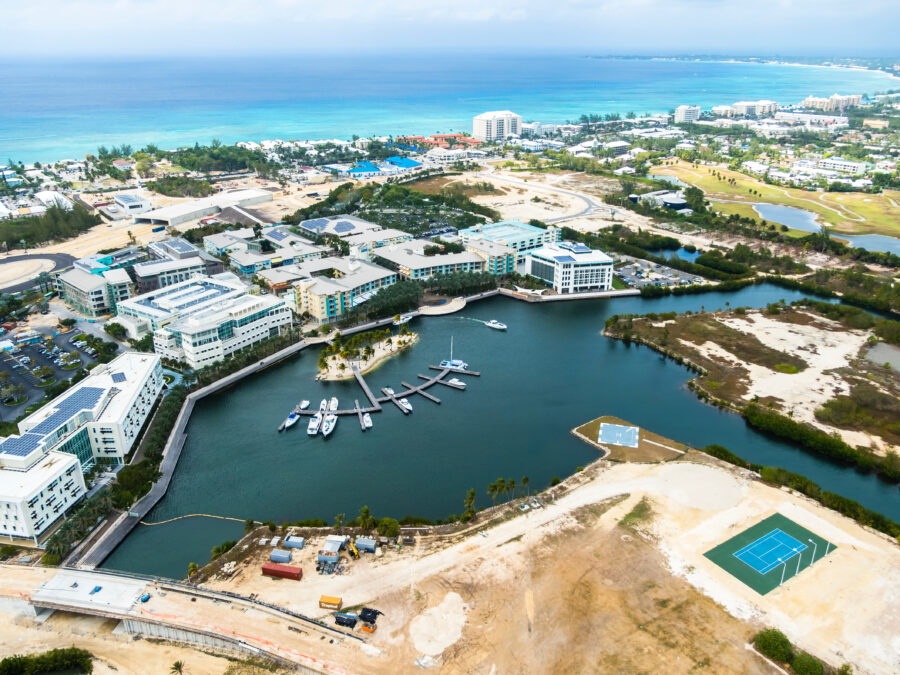
The Cayman Islands have stronger British colonial influences mixed with Caribbean culture. The National Museum in George Town, housed in a 19th-century building, showcases the island’s maritime history and natural heritage.
Visitors can explore Pedro St. James, the oldest building in the Caymans, for a glimpse into plantation life. The Cayman Craft Market offers locally made souvenirs and a chance to chat with artisans.
Turks and Caicos embrace their island heritage at the Turks and Caicos National Museum, which features artifacts from the Lucayan Indians. The Thursday Fish Fry at Bight Park is a must-visit event where tourists mingle with locals, enjoying fresh seafood and live music.
The Middle Caicos Caves are natural wonders, historically significant as early inhabitants used them. Both destinations host vibrant festivals throughout the year, celebrating their unique cultural blend.
Relaxation Spots
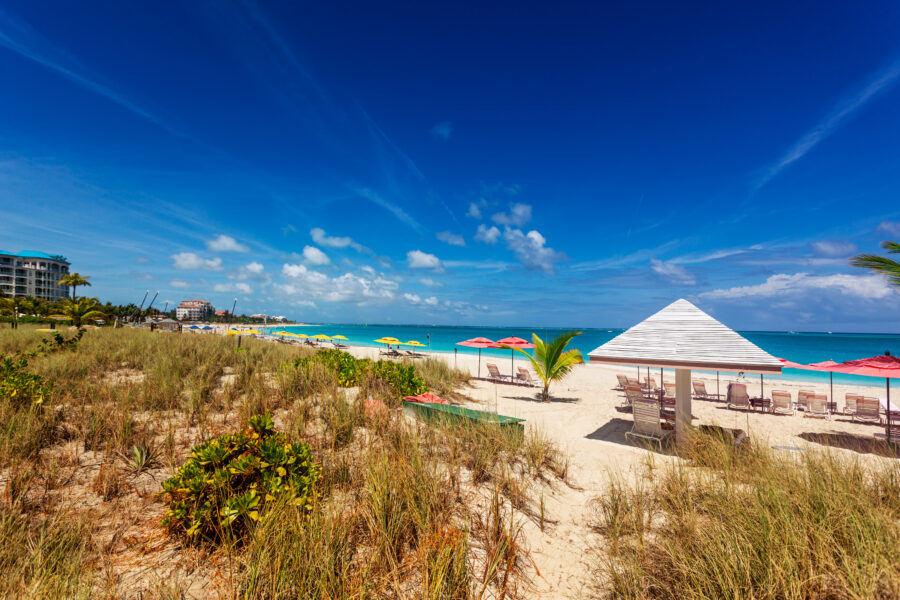
The Cayman Islands offers luxury relaxation at high-end resorts along Seven Mile Beach. Visitors can indulge in world-class spas incorporating local ingredients like Caymanian sea salt.
Rum Point is perfect for a laid-back day with its shallow, clear waters and casual beachside restaurants serving the island’s famous mudslide cocktails. Smith Cove provides a more secluded beach experience away from the crowds.
Turks and Caicos excels in boutique luxury experiences, especially on Providenciales. The Salt Cay region offers peaceful seclusion where visitors might spot migrating humpback whales from January to April.
Little Water Cay, also known as Iguana Island, provides a serene escape where visitors can observe endangered rock iguanas in their natural habitat. Both destinations feature sunset cruises that allow tourists to end their day watching spectacular Caribbean sunsets while sipping tropical drinks.
Dining and Cuisine
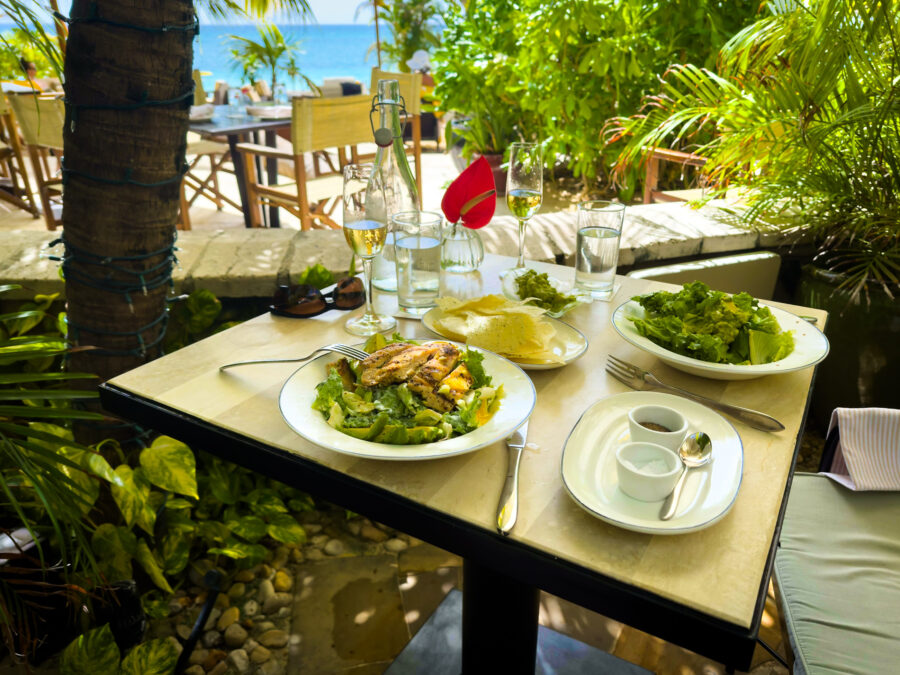
Food experiences differ significantly between these two Caribbean destinations. The Cayman Islands offers more diverse dining options with international influences, while Turks and Caicos focuses on fresh seafood with a more laid-back approach.
Gastronomic Highlights
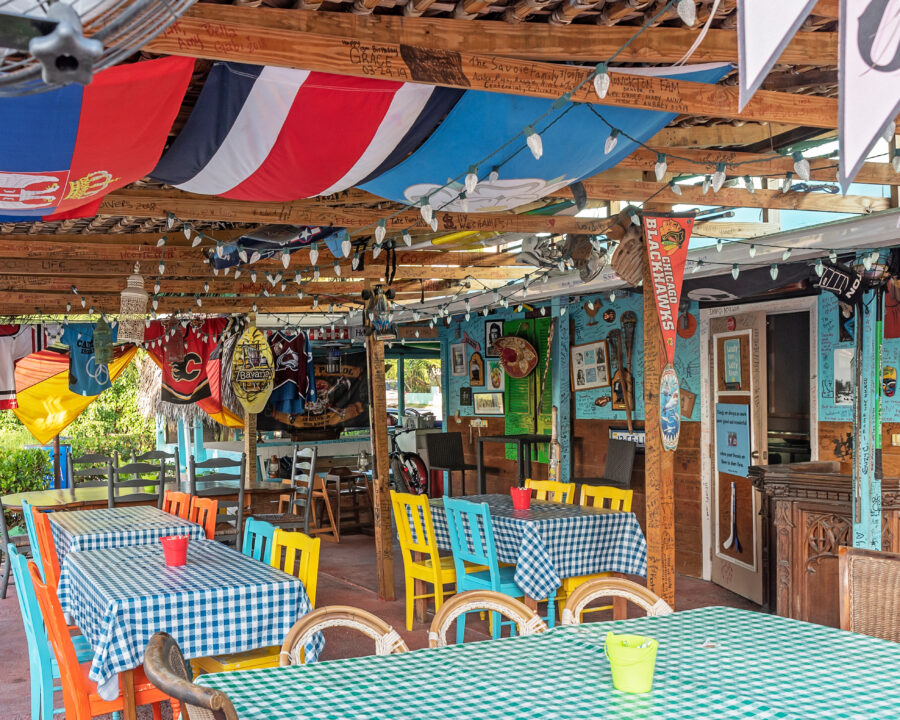
The Cayman Islands earned its reputation as the “Culinary Capital of the Caribbean” with good reason. The island boasts over 200 restaurants, ranging from casual beachside spots to upscale dining establishments. Many visitors note that, compared to other Caribbean destinations, the food quality and service in Cayman are exceptional.
Turks and Caicos takes a more relaxed approach to dining but still delivers on quality. The focus here is primarily on ultra-fresh seafood caught daily. Conch is the staple protein, prepared numerous ways from fritters to ceviche.
Both destinations cater well to international visitors, but Cayman offers more variety in cuisine styles. Many travelers find Cayman’s dining scene more impressive overall, though prices tend to be higher.
Local Delicacies and Dishes
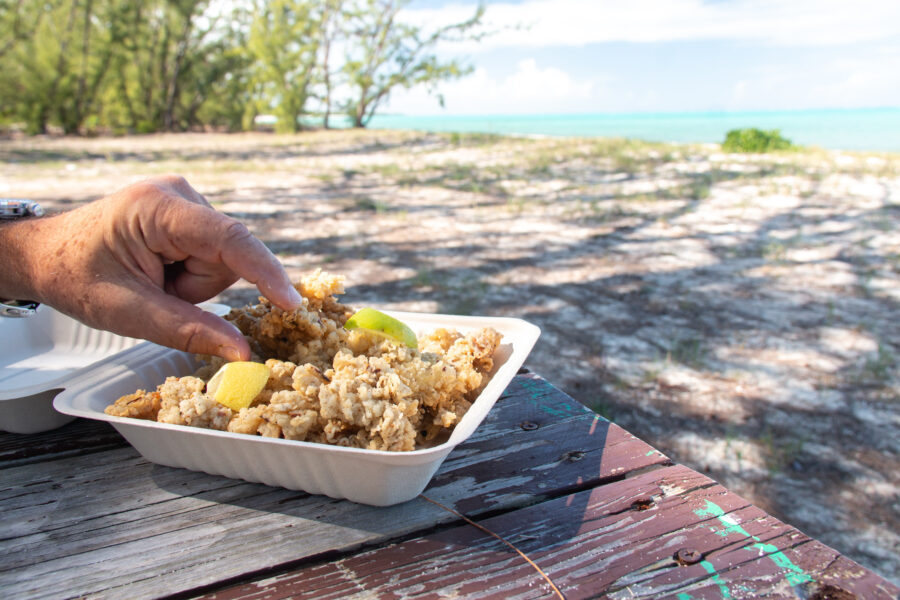
In the Cayman Islands, traditional dishes include fish rundown (fish cooked in coconut milk), turtle stew (from farm-raised turtles), and heavy cake (a dense, sweet dessert). Caymanian cuisine blends influences from Jamaica, Britain, and Central America.
Turks and Caicos cuisine centers around seafood, particularly conch. Must-try dishes include:
- Conch salad (fresh conch marinated in lime juice)
- Cracked conch (tenderized, battered, and fried)
- Peas and rice with fish
- Johnny cakes (a type of fried bread)
Both destinations proudly serve locally caught fish like mahi-mahi, snapper, and grouper. Rum punches and other tropical cocktails are popular in both locations, often featuring local rums.
Fine Dining and Eateries
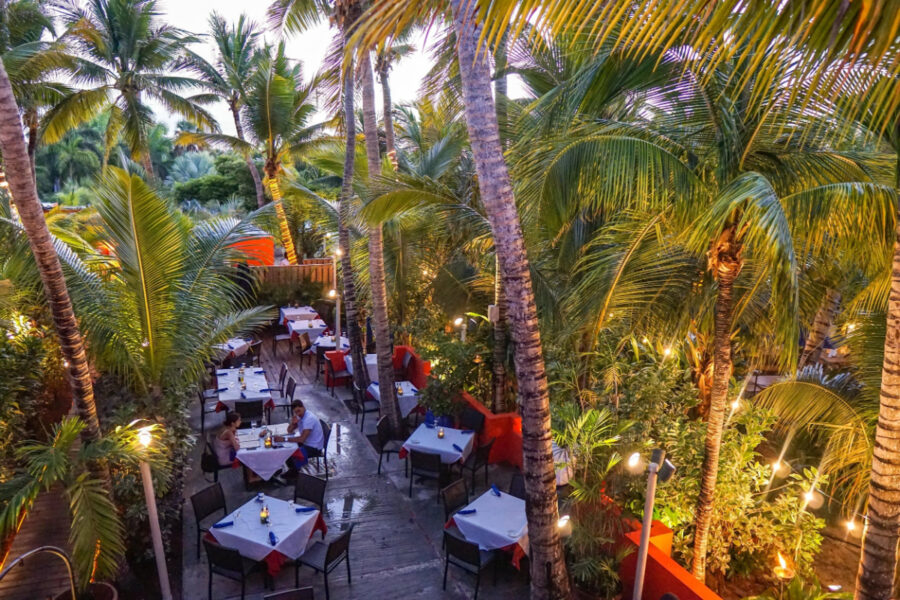
The Cayman Islands excels in upscale dining options. Seven Mile Beach hosts several world-class restaurants with international chefs.
Camana Bay, a planned community, offers waterfront dining at establishments like Agua and Abacus. Reservations are strongly recommended, especially during high season.
Turks and Caicos has fewer fine dining establishments, but places like Coco Bistro in Providenciales receive rave reviews. The Grace Bay area contains most upscale options, often within luxury resorts.
Both destinations have high price points, but Cayman generally costs more. A fine dining experience in either location will likely run $100+ per person without alcohol. Many upscale restaurants in both destinations feature open-air settings with stunning ocean views.
Street Food and Casual Bites
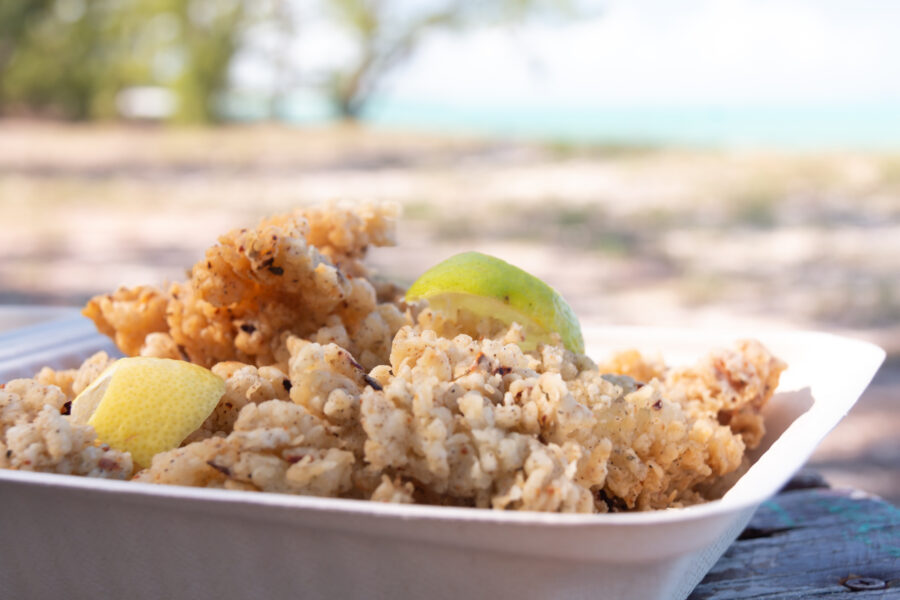
The Cayman Islands offers beach bars, food trucks, and local joints for casual dining. Cayman’s “Fish Fry” in various districts provides affordable local food in a casual setting. Waterfront restaurants in Georgetown serve casual meals with harbor views.
Turks and Caicos shines with its Thursday Fish Fry at Bight Park in Providenciales. This weekly event brings together local vendors cooking fresh catches and playing island music. It’s a must-visit for authentic flavor.
Both destinations have grocery stores where visitors can stock up on basics, though prices are high due to imports. Casual meals at local spots typically cost $15-30 per person.
Look for places where locals eat for the best value and authentic flavors. The search results confirm that while Turks has excellent beach-casual dining options, Cayman offers more diversity for everyday eating.
Transportation and Getting Around
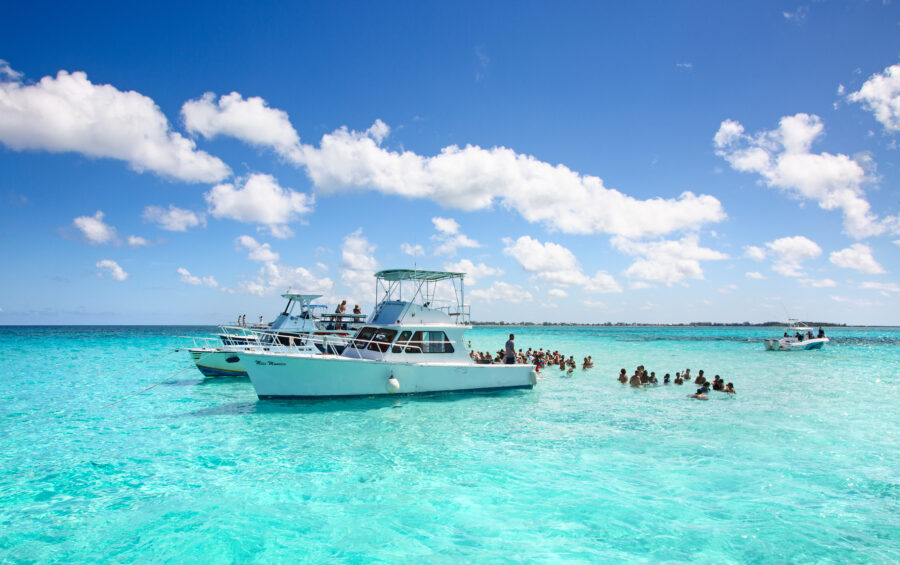
Moving between destinations and exploring each island efficiently will significantly impact your vacation experience. The Cayman Islands and the Turks and Caicos offer various transportation options with key differences.
Public Transit Options

In Grand Cayman, the public bus system provides a budget-friendly travel method. These colorful minibuses run along numbered routes covering most tourist areas and local neighborhoods. They’re reliable and inexpensive, costing about $2-3 per ride.
The Turks and Caicos have far more limited public transportation. Providenciales (Provo), the main tourist island, lacks a formal bus system. Some areas have informal jitney services, which aren’t geared toward tourists and run on inconsistent schedules.
You might not need public transit if you stay in major tourist zones in either destination. Many Turks and Caicos resorts are self-contained with on-site restaurants and activities, reducing the need to venture far.
Car Rentals and Taxis
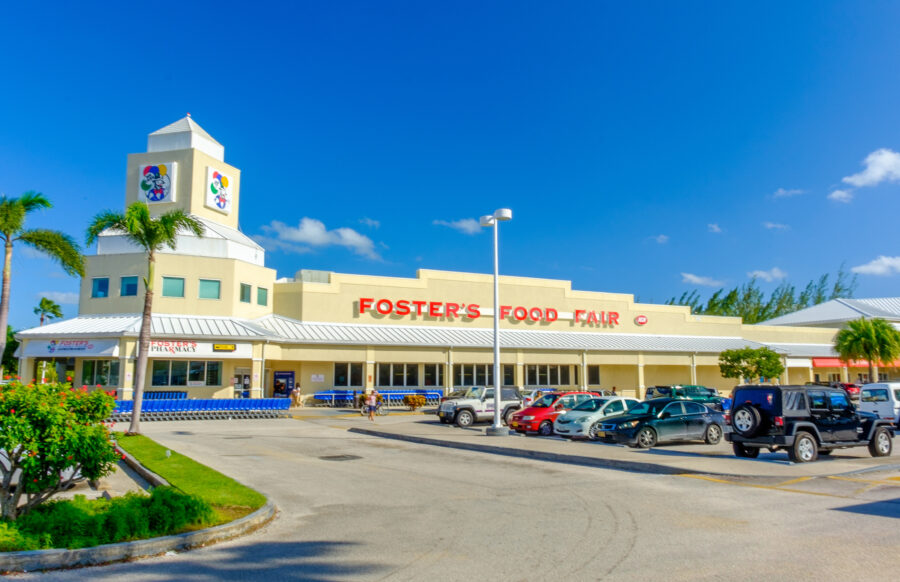
Both destinations drive on the left side of the road, which can be challenging for North American visitors. Grand Cayman tends to have more traffic congestion, especially around cruise ship days.
Rental cars provide the most freedom to explore on your schedule. Prices range from $40 to $80 daily, depending on the vehicle and season. Both locations require purchasing a temporary driving permit ($20 in Cayman, $12 in Turks and Caicos).
Taxis are readily available in both destinations but tend to be pricey. In Turks and Caicos, you’ll find taxis at the airport, major hotels, and restaurants.
The Cayman Islands offer similar availability but with more regulated pricing. You can avoid renting a car altogether if you stay in well-developed tourist areas like Seven Mile Beach (Cayman) or Grace Bay (Turks).
Island Hopping Methods
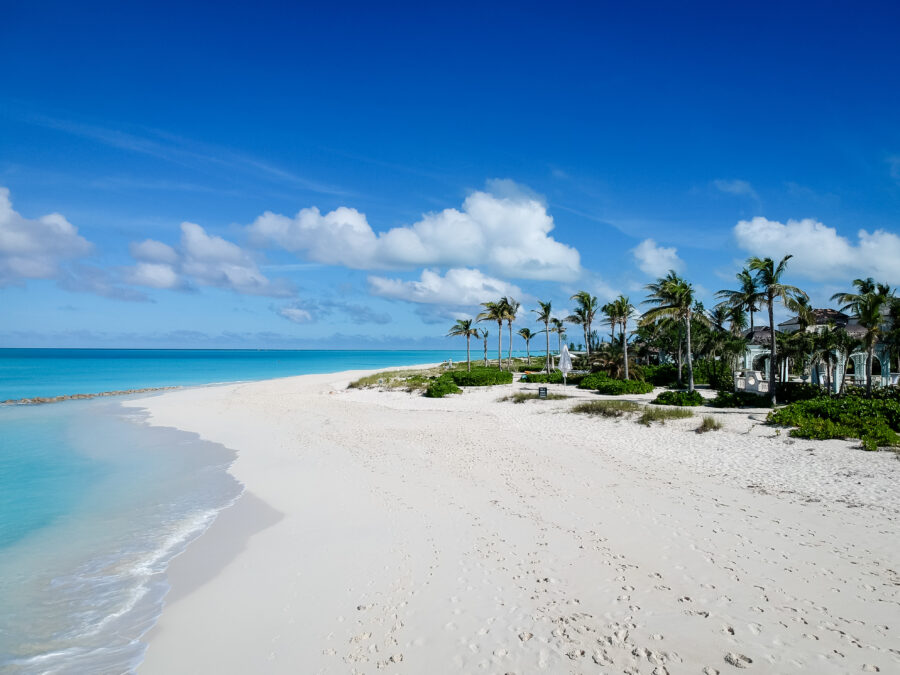
The Cayman Islands consist of Grand Cayman, Cayman Brac, and Little Cayman. Island hopping requires short flights on Cayman Airways, costing approximately $75-200 round-trip.
The Turks and Caicos comprise 40 islands and cays, though only eight are inhabited. Small airlines like InterCaribbean Airways connect the main islands. Ferries also run between Providenciales and North Caicos for about $25 each way.
Day trips to uninhabited cays are popular in both destinations. Tour operators in Turks and Caicos offer boat excursions to stunning places like Half Moon Bay.
Similarly, Stingray City boat tours in Grand Cayman allow for easy “mini island hopping” experiences. Water taxis provide another option in certain areas, particularly for reaching restaurants and smaller beaches inaccessible by road.
See Related: Most Beautiful Beaches in the World That Will Steal Your Heart
Safety and Healthcare
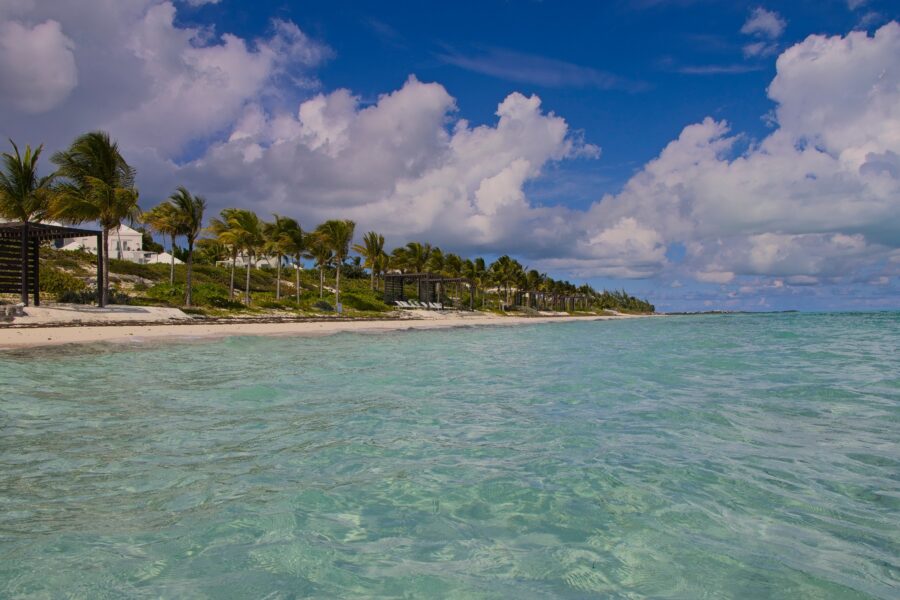
When comparing the Cayman Islands and Turks and Caicos, travelers should consider safety and healthcare resources. Both destinations are generally considered safe for tourists, but understanding local laws and having information about medical facilities can make your trip more secure and enjoyable.
Local Laws and Regulations

Both island groups maintain strict drug laws with severe penalties for possession or trafficking. The Cayman Islands and Turks and Caicos follow British-influenced legal systems, making them relatively familiar to Western visitors.
In the Cayman Islands, driving is on the left side of the road, and visitors can use their home country’s license for up to 30 days. The islands enforce strict speed limits, typically 25-40 mph.
Turks and Caicos also require left-side driving. Their police are generally friendly toward tourists. According to search results, both destinations have seen some increase in crime over recent years, but most incidents don’t affect tourists.
Public drinking is restricted in both locations, and modest dress is expected when not at the beach. Without permission, photography of government buildings or military installations may be prohibited.
Emergency Services and Hospitals
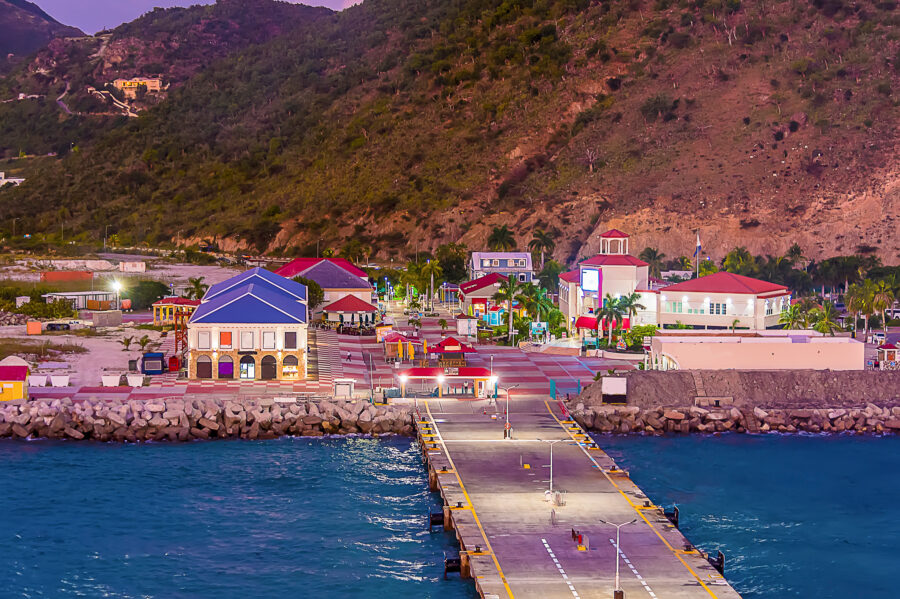
The Cayman Islands offer better healthcare infrastructure than the Turks and Caicos. Grand Cayman features the modern Health City Cayman Islands and the Cayman Islands Hospital in George Town, which provide comprehensive care.
For emergencies in the Cayman Islands, dial 911. Most resorts have on-call doctors, and pharmacies are well-stocked. Travel insurance is strongly recommended as medical costs can be high.
The Turks and Caicos have more limited medical facilities, with Cheshire Hall Medical Centre on Providenciales being the main hospital. Medical evacuation to the United States or other countries may be necessary for serious emergencies.
Both destinations have limited services on smaller islands or cays. Visitors with chronic health conditions should consult their doctor before traveling and bring adequate supplies of any prescription medications. Most resorts in both locations have first aid capabilities and can arrange transportation to medical facilities when needed.
Economic Aspects
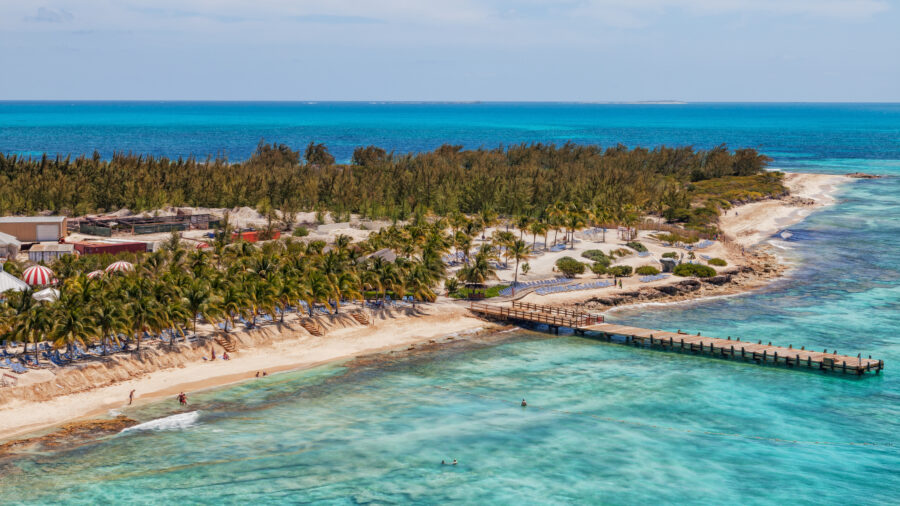
The economic landscapes of the Cayman Islands and Turks and Caicos show striking differences despite their similar geographic profiles. Both territories have developed unique financial structures that shape their prosperity and opportunities.
Local Economy
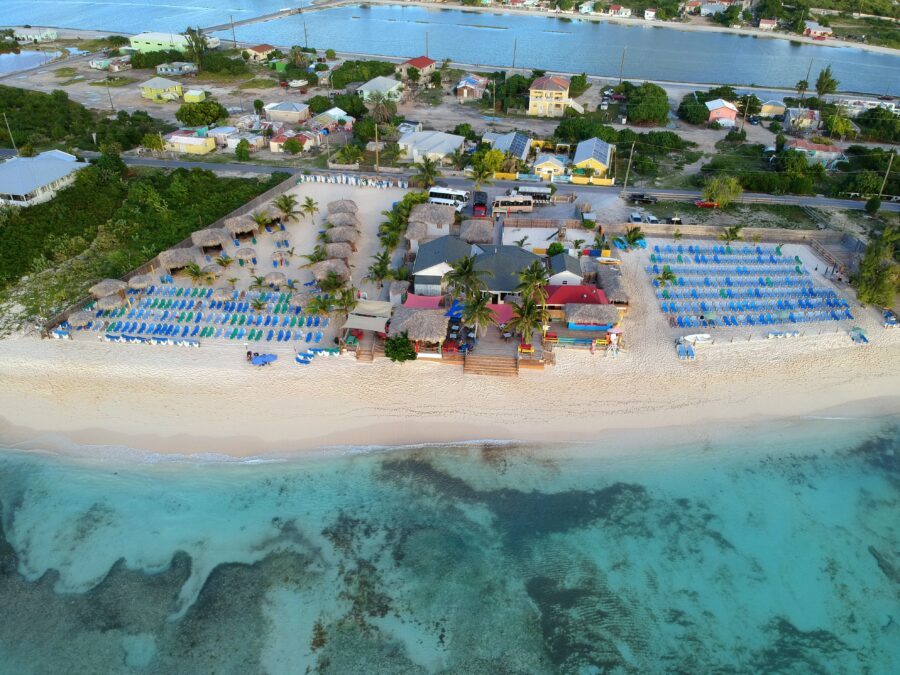
The Cayman Islands boast a significantly more developed economy than the Turks and Caicos. With its robust financial services sector, Cayman has transformed into a global banking hub that supports its impressive infrastructure and development. This economic foundation has created a substantially higher GDP than Turks and Caicos.
One source noted, “Cayman would look a lot like the Turks without its financial services.” This difference became apparent in the 1980s when records showed Turks and Caicos’ GDP was approximately US$26 million, far below Cayman’s economic output.
Turks and Caicos have experienced impressive growth since the mid-1980s, however. Its economy has primarily developed around tourism, with luxury resorts dotting its pristine beaches.
Investment and Business Opportunities
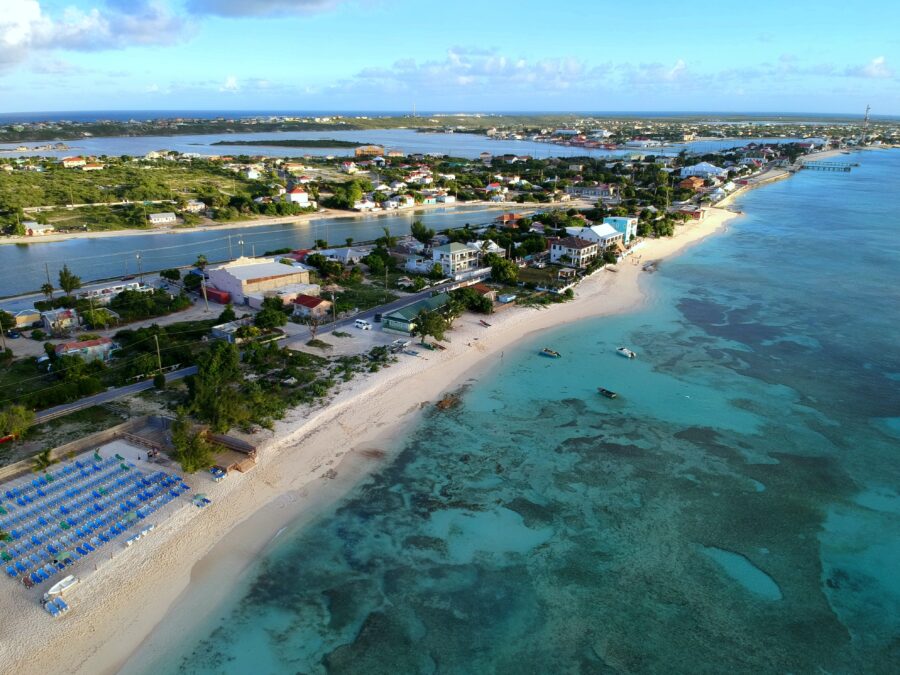
The Cayman Islands offers sophisticated investment options centered around its financial sector. Grand Cayman, particularly George Town, hosts numerous international banks and investment firms that attract global capital and business professionals.
The territory provides favorable tax structures that appeal to businesses and wealthy individuals seeking offshore opportunities. This has created a lively commercial environment with extensive shopping and nightlife options.
Turks and Caicos presents a different investment landscape, focusing on tourism development and real estate. The quieter atmosphere makes it attractive for resort investments and vacation properties rather than financial services.
There has been increased interest in the Turks and Caicos’ development potential recently, though they remain less commercially developed than Cayman. This creates opportunities for early investors seeking emerging markets with growth potential.
See Related: The Top Vacation Spot in the World: Discover the Ultimate Destination
Frequently Asked Questions
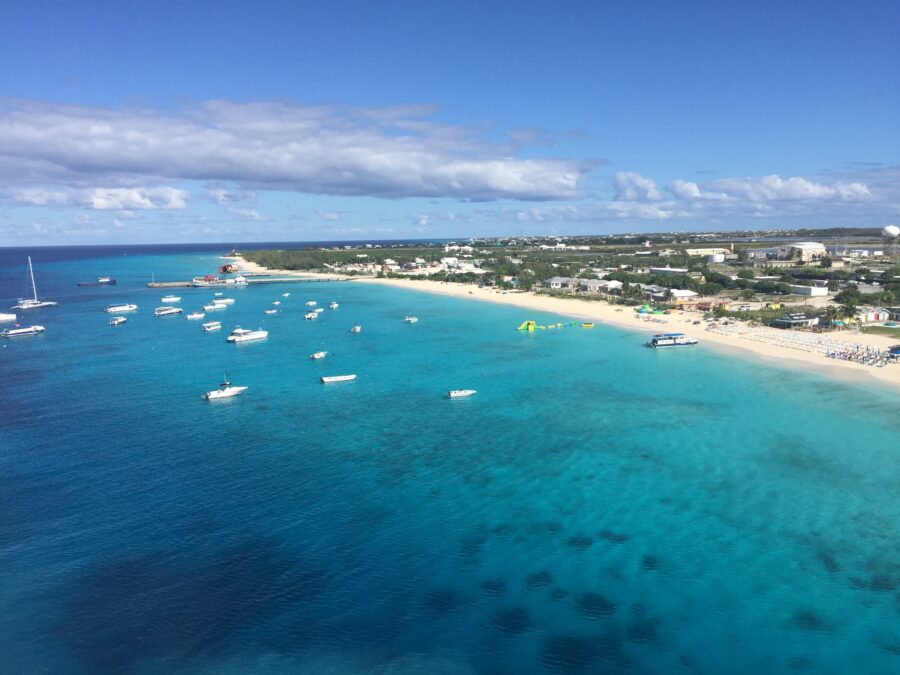
Travelers often wonder about the differences between the Cayman Islands and Turks and Caicos when planning their Caribbean getaway. Both destinations offer stunning beaches and clear waters, but differ in several important ways.
What are the key differences in tourist attractions between the Cayman Islands and the Turks and Caicos?
The Cayman Islands offer more diverse tourist attractions than Turks and Caicos. Grand Cayman features popular spots like Stingray City, Seven Mile Beach, and the Cayman Turtle Centre.
Turks and Caicos focuses primarily on its breathtaking beaches, with Grace Bay being the crown jewel. The island’s main draw is its pristine shorelines rather than built attractions.
Cayman also has better shopping options and livelier nightlife, making it ideal for visitors who want more activities beyond beach time. Turks and Caicos provides a more laid-back, beach-centered experience.
How does the cost of visiting the Cayman Islands compare to a Turks and Caicos vacation?
Both destinations rank among the more expensive Caribbean options. The Cayman Islands uses the Caymanian Dollar, which is about 1.20 to the US dollar, making prices appear about 20% higher for American visitors.
Accommodations, dining, and activities in both locations are pricey compared to other Caribbean destinations. Neither offers many budget options.
Dining out can be particularly expensive in both locations since most food is imported. Some travelers find Turks and Caicos slightly more costly for accommodations, while others notice higher food prices in Cayman.
What can travelers expect regarding accommodation options when choosing between Grand Cayman and Turks and Caicos?
Grand Cayman offers various accommodation types, from luxury resorts to condos and vacation rentals. Seven Mile Beach hosts most high-end options, including international hotel chains.
Turks and Caicos specializes in luxury beachfront resorts and villas along Grace Bay. The overall vibe tends to be more exclusive and upscale.
Both destinations provide excellent service standards, though Grand Cayman has more mid-range options for families and budget-conscious travelers. Turks and Caicos leans more toward the luxury end of the spectrum.
When comparing Grand Cayman to Turks and Caicos, can you discuss the diving and snorkeling experiences?
Grand Cayman is world-renowned for its diving spots, including the famous wall dives and the USS Kittiwake wreck. The island’s underwater visibility is exceptional year-round.
Turks and Caicos offers equally impressive diving with the advantage of the world’s third-largest barrier reef. The waters around Providenciales feature vibrant coral formations and diverse marine life.
Both destinations provide excellent snorkeling opportunities right off the beach. Cayman’s Rum Point and Smith Cove offer easy access points, while Turks’ Bight Reef and Smith’s Reef are popular spots for spotting sea turtles and colorful fish.
What are the cultural and culinary experiences unique to the Cayman Islands versus those in Turks and Caicos?
The Cayman Islands have a more developed food scene with numerous high-end restaurants and local establishments serving fresh seafood. The annual Cayman Cookout attracts international chefs and foodies.
Traditional Caymanian dishes feature conch, turtle (farmed), and fish, often with Caribbean and British influences. The island also hosts cultural events like Pirates Week and Batabano Carnival.
Turks and Caicos offer a simpler culinary landscape focused on fresh seafood, particularly conch. Thursday Fish Fry at Bight Park is a must-visit cultural experience where visitors can enjoy local food while mingling with residents.
In terms of accessibility and travel conveniences, how do Grand Cayman and Turks and Caicos differ?
Many travelers find it slightly easier to reach Grand Cayman because major cities offer more direct flights. The island also has better infrastructure and public transportation options.
Turks and Caicos receive fewer visitors overall, which can mean less crowded beaches and attractions. However, this also means fewer flight options from some departure cities.
Both destinations handle cruise ship visitors, but Grand Cayman typically receives more cruise traffic. This can mean crowded attractions when ships are in port, while Turks and Caicos maintains a more consistently peaceful atmosphere.

